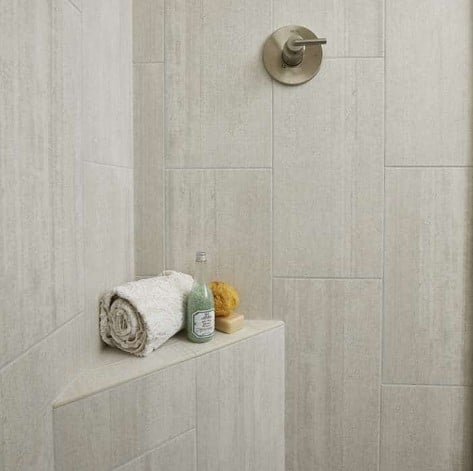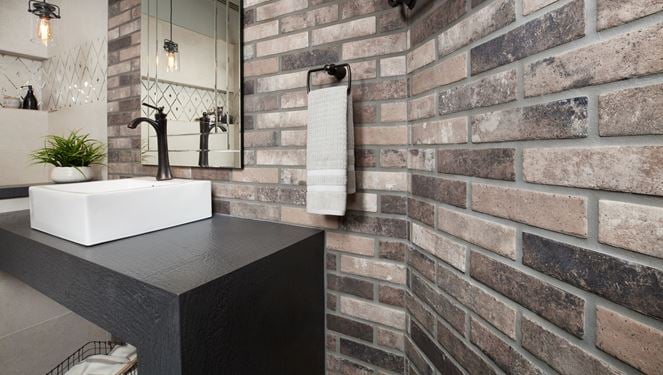
Tile grout serves to bind tiles together, protect against moisture and keep the tiles evenly spaced. There are two types of grout: sanded and unsanded. Here’s a breakdown of the differences between sanded grout vs. unsanded grout—and which grout is best for your project.
What is the Difference between Sanded and Unsanded Grout?
Simply put, sanded grout contains finely ground sand, and unsanded grout does not. This means that unsanded grout has a thinner consistency. Sanded grout has a thicker consistency that makes it more appropriate for certain applications and uses—as the grout cures, the sand particles are suspended throughout which makes it more resistant to shrinking. These are critical differences when considering how to choose the perfect grout for your tile.

When to Use Sanded Grout
Sanded grout is best for situations such as these:
- Floor applications. Since foot traffic applies frequent pressure to floor tiles, sanded grout is recommended for tile flooring that has a 1/8” or wider grout joint.
- Wide tile joints. For tile applications where the joints will be 1/8” or larger, sanded grout will ensure the grout stays durable and doesn’t shrink away from the tile edges over time. Note: For extra-wide tile joints of 1/2” or larger, you’ll want to use wide-joint mixture grout, which has a higher volume of sand to make it even more resistant to shrinking.

When to Use Unsanded Grout
In some applications, unsanded grout is a better option. Choose unsanded in cases involving:
- Narrow tile joints. Unsanded grout is ideal for tile joints that are less than 1/8” wide. Because of its consistency, it can be easily squeezed into small gaps for more precise application compared to sanded grout as seen above with our Castle Brick porcelain tile.
- Vertical applications. Unsanded grout may not be great for wider tile joints, but its main benefit is that it is easier to work with. Since it’s thinner, it spreads evenly across a surface and can make installing vertical tile easier.





